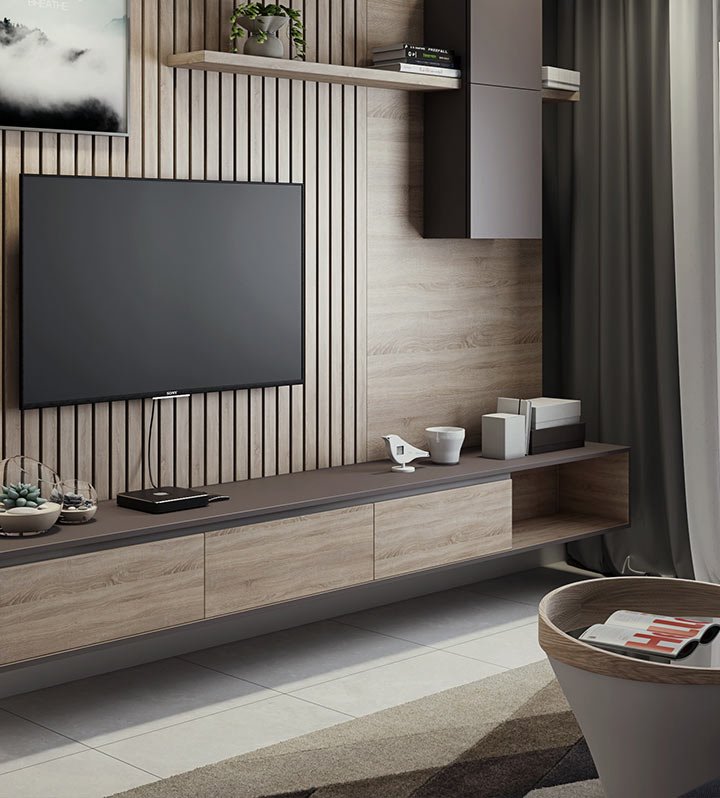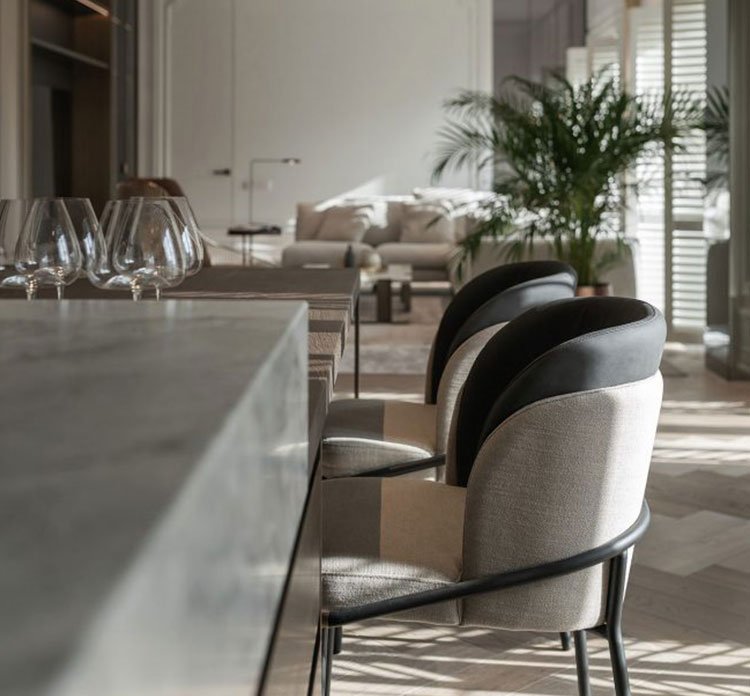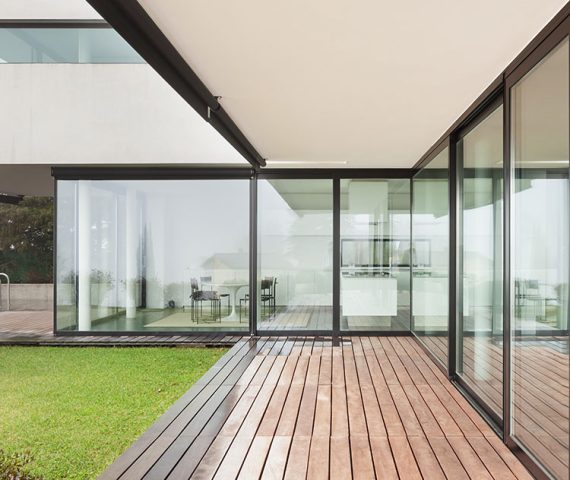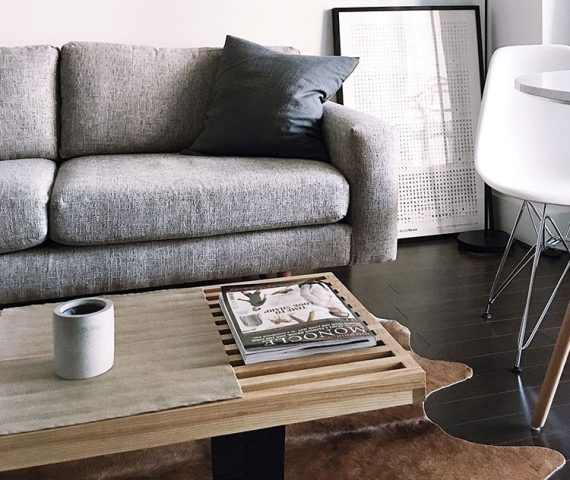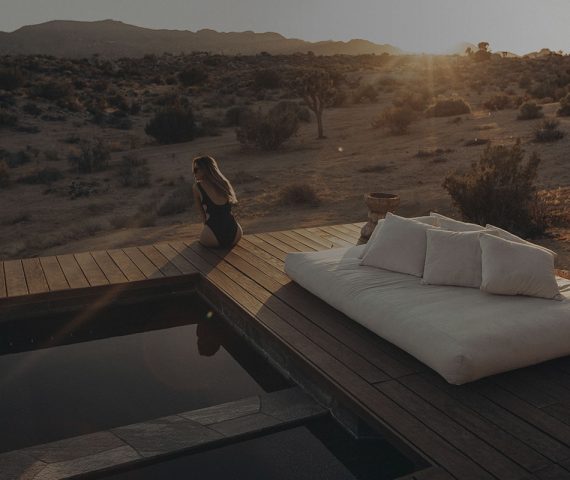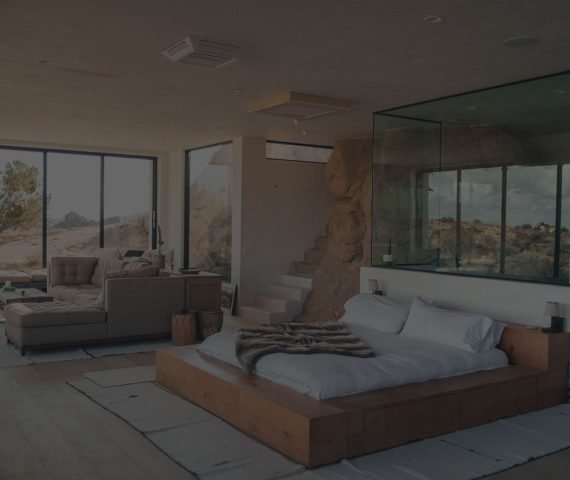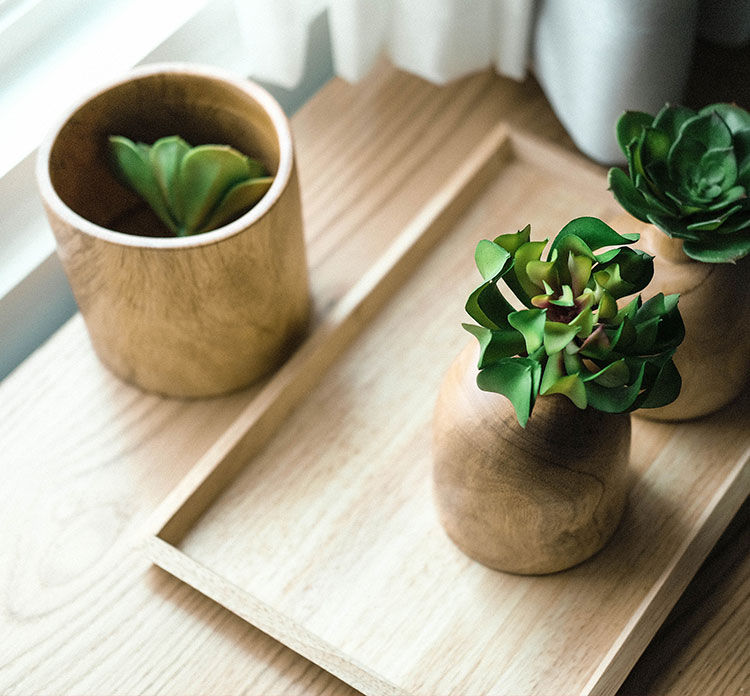
Interior Design Color Psychology: Effect on Ambience
Interior design resembles an artist’s canvas, rich with hues, patterns, and textures, each molding the ambiance. Colour choice stands paramount among these, impacting aesthetics and the emotional state of occupants. Colour psychology examines this intricate connection between colour and psychology, a vital aspect of interior design. Before exploring color psychology, understanding the language of color is essential.
Each hue holds unique emotional and symbolic meanings, which may vary across cultures. Here are some common colour associations:


